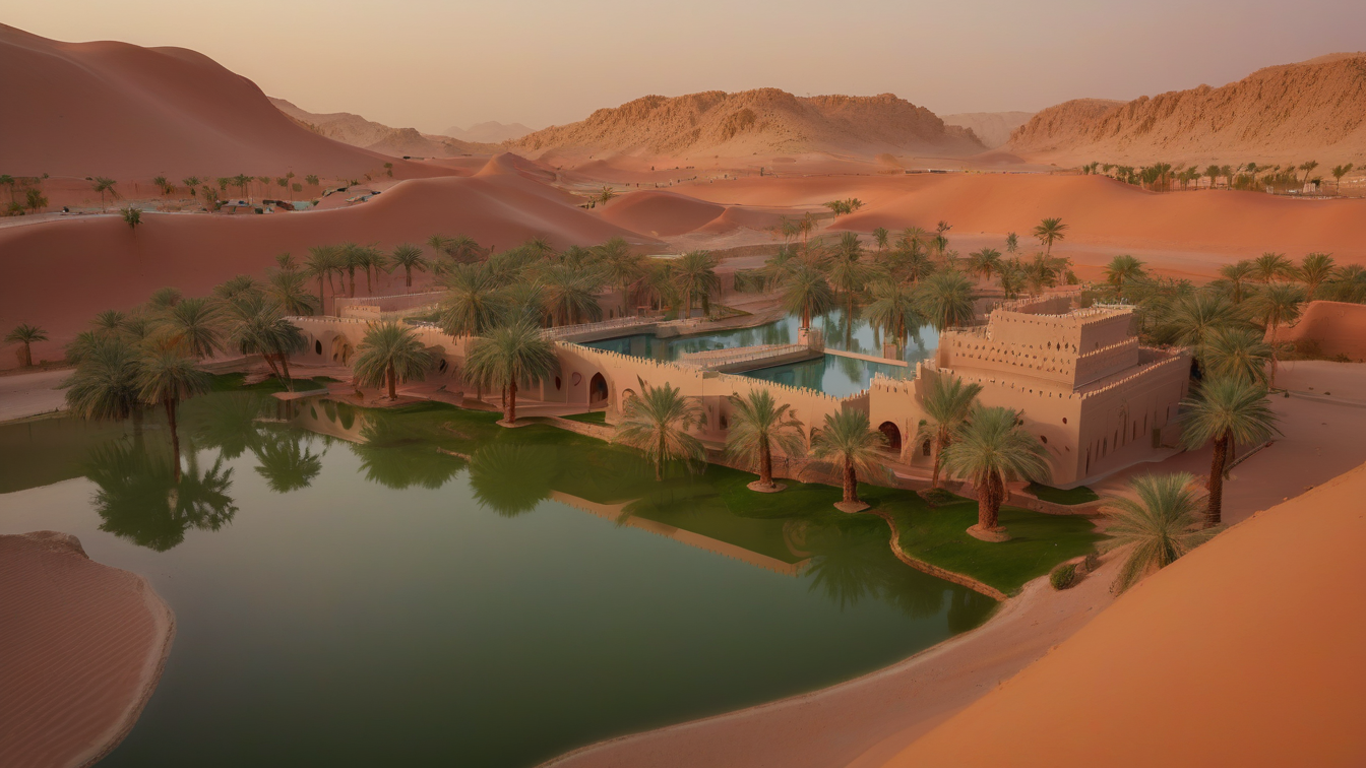 Cultural Venues
Cultural Venues
Al Ain Oasis: A Journey Through UAE's Living Heritage
Imagine walking through corridors of towering date palms, their fronds creating a natural cathedral overhead, while the gentle babble of ancient water channels accompanies your footsteps. This isn't a dream—it's the reality of Al Ain Oasis, a 1,200-hectare green sanctuary that has defied the harsh desert environment for millennia.
As you approach this remarkable oasis through the bustling streets of Al Ain city, the sight that greets you is nothing short of magical. The urban landscape suddenly gives way to an emerald paradise where over 147,000 date palms stretch as far as the eye can see, their massive trunks standing like ancient sentinels guarding secrets of the past.
The Living Museum: A 4,000-Year-Old Marvel
Al Ain Oasis isn't just a tourist destination—it's a living, breathing museum that tells the story of human civilization in the Arabian Peninsula. The significance of Al Ain Oasis comes from the fact that it was inhabited almost 4,000 years ago, making it one of the world's oldest permanently inhabited settlements, according to official UAE tourism sources.
The moment you enter through the main West Gate, you're transported back in time. The al ain oasis has witnessed the rise and fall of civilizations, the birth of trade routes, and the transformation of nomadic tribes into settled communities. Every palm tree here has stories to tell, some of them over a century old, having weathered countless desert storms and scorching summers.
UNESCO Recognition: A Global Treasure
In 2011, Al Ain Oasis, a Unesco World Heritage site since 2011, is open to the public who can learn about the area's history of farming and its irrigation system. This prestigious recognition came as part of the larger "Cultural Sites of Al Ain" inscription, which includes archaeological sites dating back to the Neolithic period.
The Engineering Marvel: Ancient Falaj System
Perhaps the most fascinating aspect of your visit to Al Ain Oasis will be discovering the ingenious falaj irrigation system that has kept this desert paradise alive for thousands of years. The two central falaj systems here are called Al Aini and Dawood, and they represent one of humanity's greatest achievements in desert agriculture.
As you stroll along the shaded pathways, you'll notice the intricate network of channels weaving through the oasis like nature's own plumbing system. These aren't random waterways—they're the result of sophisticated engineering that channels water from the distant Hajar Mountains and underground aquifers. The system is so efficient that these waters keep the plantation fresh and thriving even today, despite being over 3,000 years old.
The beauty of the falaj system lies not just in its functionality but in its sustainability. Ancient engineers designed it to work with gravity and natural water flow, requiring no external power source. Water appears and disappears throughout the oasis in a seemingly magical dance, but it's all carefully calculated to ensure every date palm and fruit tree receives exactly what it needs.
Al Ain Oasis Ticket Price: Free Entry to Paradise
Visiting Information
Al Ain Oasis ticket price: FREE entry for all visitors
Opening Hours: Daily 8:00 AM to 5:00 PM
Bike Rental: Available at West Gate for approximately AED 20 per hour
Location: Central Al Ain, easily accessible from major hotels and Al Ain Oasis villas
One of the most delightful surprises about al ain oasis is that it offers its treasures completely free of charge. Al Ain Oasis is free to enter, and there are many ways to explore and learn about this natural marvel. This accessibility reflects the UAE's commitment to sharing its cultural heritage with visitors from around the world.
While the al ain oasis ticket price is zero, the experience is priceless. You can spend hours wandering the 8.5 kilometers of shaded pathways without spending a dirham. However, if you prefer a more comfortable exploration, bicycle rentals are available at the entrance, allowing you to cover more ground while enjoying the cool shade of the palm canopy.
A Photographer's Paradise: Al Ain Oasis Photos Worth a Thousand Words
Every corner of Al Ain Oasis offers opportunities for stunning photography. The interplay of light and shadow created by the dense palm canopy creates natural spotlights that illuminate different sections throughout the day. Early morning visits are particularly magical, when the golden hour light filters through the fronds, creating an almost ethereal atmosphere.
The al ain oasis photos you'll capture here tell stories of resilience and beauty. Ancient mud-brick structures peek through the greenery, their weathered walls speaking of centuries past. The Eastern Fort, also known as Sultan Fort, stands as a testament to the strategic importance of this oasis, constructed in 1910 by Sheikh Sultan Bin Zayed the former ruler of Abu Dhabi.
Professional photographers and Instagram enthusiasts alike will find endless inspiration in the geometric patterns created by the palm groves, the reflections in the falaj channels, and the contrast between the ancient and the eternal. The best al ain oasis photos capture not just the visual beauty but the sense of timelessness that permeates this sacred space.
Beyond the Palms: Biodiversity in the Desert
While date palms dominate the landscape of Al Ain Oasis, they're far from the only stars of this green paradise. The oasis is home to over 100 different varieties of vegetation, creating a complex ecosystem that supports both plant and animal life in the harsh desert environment.
As you explore the deeper sections of the oasis, you'll discover mango trees heavy with fruit, banana plants providing additional shade, citrus trees filling the air with their fragrance, and fig trees offering sweet treats to both humans and wildlife. This diversity isn't accidental—it's the result of centuries of careful cultivation and agricultural wisdom passed down through generations.
The oasis also serves as a crucial stopover for migratory birds, making it a surprising birdwatching destination. As you stroll in the shadow of the tranquil palm trees, take in the sounds of nature, from the gentle babbling of the stream to the twittering of (sometimes exotic) birds flying by.
The Educational Experience: Eco-Centre and Interactive Learning
Your journey through Al Ain Oasis wouldn't be complete without visiting the state-of-the-art Eco-Centre located at the entrance. This compact but comprehensive facility offers visitors a deeper understanding of how this desert miracle functions and survives.
The Eco-Centre features interactive displays, 3D videos, and educational games that bring the oasis's history to life. Children particularly enjoy the hands-on exhibits that allow them to understand the falaj system through miniature models and simulations. The center provides context for your walk through the oasis, explaining the delicate balance of this ecosystem and the ongoing conservation efforts.
One of the highlights is the "Oasiscape Tour," an innovative experience featuring "Techno Palms"—electronic versions of palm trees that act as information guides throughout your journey. These interactive installations provide fascinating details about the flora, fauna, and cultural significance of different areas within the oasis.
Living Heritage: Modern Farming in Ancient Grounds
What makes Al Ain Oasis truly special is that it remains a working agricultural site. The farms were passed on from generation to generation and are now run by more than 500 farmers. Walking through the oasis, you might encounter farmers tending to their date palms using techniques that have been refined over millennia.
The harvest season, typically occurring between September and December, is an especially fascinating time to visit. You might witness the traditional method of date palm climbing, where skilled farmers use only ropes and their feet to ascend 80-year-old palm trees to collect the precious dates. This ancient practice, requiring incredible skill and courage, connects the present directly to the past.
Accommodation: Al Ain Oasis Villas and Nearby Options
For visitors planning to stay near this UNESCO World Heritage site, the al ain oasis villas provide an excellent accommodation option. Al Ain Oasis Villas is a unique luxury villas compound located in Al Ain City. The development, which was completed in 2004 comprises of 56 four-bedroom villas.
These al ain oasis villas offer spacious living spaces ranging from 4,090 to 4,843 square feet, perfect for families or groups wanting to experience extended stays near the heritage site. The villas come with modern amenities including swimming pools, landscaped gardens, and 24-hour security, providing comfort after days of exploration.
The strategic location of these al ain oasis villas means you're never far from the main attractions of Al Ain city, including the oasis itself, Al Jahili Fort, and the vibrant local souks. Many visitors find that staying in these villas enhances their cultural experience, as they're integrated into the local community rather than isolated in tourist hotels.
Alternative Accommodations
If the Al Ain Oasis villas are fully booked, Al Ain offers various other accommodation options:
- Al Ain Rotana Hotel: A modern hotel with excellent facilities and proximity to major attractions
- Mercure Grand Jebel Hafeet: Mountain resort offering spectacular views
- Ayla Hotel: Boutique accommodation with traditional Arabian charm
- Local guesthouses: Family-run establishments offering authentic cultural experiences
Healthcare Heritage: Oasis Hospital Al Ain
An interesting connection to the area's modern history is the oasis hospital al ain, now known as Kanad Hospital. Kanad Hospital (formerly known as Oasis Hospital) is a private hospital for Women and Children in Al Ain, United Arab Emirates, that was established in 1960 by the American missionary couple Dr. Pat and his wife Marian Kennedy.
This historic healthcare institution, the oldest hospital in Al Ain and the second oldest in the United Arab Emirates, represents the transformation of Al Ain from a traditional oasis town to a modern city while maintaining its cultural roots. The oasis hospital al ain has delivered over 100,000 babies, including notable figures in UAE leadership, making it an integral part of the nation's story.
The hospital's proximity to the oasis area makes it relevant for visitors to know about, especially families traveling with children. Its history parallels the preservation and modernization efforts seen throughout Al Ain, where ancient heritage coexists with contemporary development.
Best Times to Visit: Seasons of the Oasis
Timing your visit to Al Ain Oasis can significantly enhance your experience. The perfect time to visit would be between November and March, when the UAE's harsh summer gives way to pleasant winter weather perfect for outdoor exploration.
During these cooler months, daytime temperatures range from 20-25°C (68-77°F), making it comfortable to spend hours walking through the palm groves. Early morning visits (right when the oasis opens at 8:00 AM) offer the best lighting for photography and the most peaceful atmosphere before other visitors arrive.
The date harvest season (September to December) provides additional cultural experiences, though temperatures can still be quite warm in September. If you visit during this time, you'll witness the traditional harvesting methods and might even taste freshly picked dates directly from the farmers.
Seasonal Highlights
- Winter (November-March): Perfect weather, ideal for full-day exploration
- Spring (April-May): Warm but manageable, fewer crowds
- Autumn (September-October): Date harvest season, cultural experiences
- Summer (June-August): Very hot, but early morning visits still possible
Beyond the Oasis: Al Ain's Cultural Triangle
Your visit to Al Ain Oasis can be part of a larger exploration of Al Ain's UNESCO-listed cultural sites. The city offers a unique cultural triangle that includes the oasis, archaeological sites, and traditional architecture.
Just a short drive from the oasis, you'll find Al Jahili Fort, one of the UAE's most historic buildings built in the 1890s. The fort houses an excellent museum featuring stunning black-and-white photographs by explorer Wilfred Thesiger from the 1940s, providing historical context to the region you're exploring.
The Hili Archaeological Park, another UNESCO component, showcases 4,000-year-old Bronze Age tombs and settlements, demonstrating the continuous human habitation of this area. The park also features its own smaller oasis with ancient irrigation systems, allowing you to compare different historical periods of oasis development.
Conservation Efforts: Preserving Paradise for Future Generations
The preservation of Al Ain Oasis represents one of the UAE's most successful conservation stories. The sites inscribed on the Unesco list provide "testimony to ancient sedentary human occupation in a desert region", and maintaining this testimony requires constant effort and innovation.
Modern conservation techniques work alongside traditional knowledge to ensure the oasis remains healthy and productive. Scientists study the falaj system to understand optimal water distribution, while traditional farmers share generational knowledge about palm care and sustainable agriculture.
Climate change presents new challenges for this ancient ecosystem, but innovative solutions are being implemented. Solar-powered water pumps supplement the traditional falaj system during dry periods, while careful monitoring ensures that tourism doesn't disrupt the delicate ecological balance.
Visitor Responsibility
As a visitor to this UNESCO World Heritage site, you play a role in its preservation:
- Stay on designated pathways to protect plant life
- Don't disturb the falaj channels or water flow
- Respect working farms and don't pick fruits without permission
- Dispose of waste properly in designated areas
- Follow photography guidelines, especially around private areas
Culinary Heritage: Tastes of the Oasis
No visit to Al Ain Oasis would be complete without experiencing the culinary traditions that have sustained this community for millennia. The oasis produces some of the world's finest dates, with over 100 varieties grown within its boundaries.
During your visit, you might have the opportunity to taste fresh dates directly from the palms. Each variety offers distinct flavors, textures, and sweetness levels—from the soft, honey-like Khalas dates to the firm, caramel-flavored Zahidi variety. Many visitors purchase dates from local farmers, supporting the continuing agricultural tradition.
The Al Ain Oasis Plaza, located just outside the heritage site, offers traditional Emirati cuisine and refreshments. Here you can sample dishes that have been prepared using oasis-grown ingredients for generations, including fresh date-based desserts and traditional Arabic coffee served with dates.
Getting There: Your Journey to Paradise
Reaching Al Ain Oasis is remarkably easy from major UAE cities. From Dubai, the distance between Dubai and Al Ain around 140 KM, and normally takes about 1.5 hours. The journey along the Al Ain Road (E66) is scenic, transitioning from urban landscapes to desert vistas before arriving at the green oasis city.
From Abu Dhabi, the drive takes approximately 90 minutes via the E22 highway. Public transportation is also available, with regular bus services connecting major cities to Al Ain Central Bus Station, which is conveniently located adjacent to the oasis.
For international visitors, Al Ain International Airport provides connections to regional destinations, making it possible to fly directly to this heritage destination. Car rental services are available at the airport for those preferring independent exploration.
Transportation Within Al Ain
Once in Al Ain, the oasis is easily accessible by taxi, bus, or rental car. The central location means you're never more than 15 minutes away from major hotels, including the area near al ain oasis villas. Many visitors find walking or cycling the most enjoyable way to explore the surrounding area, as it allows for spontaneous discoveries and authentic interactions with locals.
The Modern Oasis: Technology Meets Tradition
While Al Ain Oasis preserves ancient traditions, it also embraces modern technology to enhance visitor experiences and conservation efforts. The recently introduced Oasiscape Tour features augmented reality elements that bring historical events to life as you walk through the palm groves.
GPS-guided audio tours are available in multiple languages, allowing you to explore at your own pace while learning about specific locations and their significance. QR codes positioned throughout the oasis provide instant access to detailed information about plants, historical structures, and conservation efforts.
Social media integration allows visitors to share their experiences while learning about the oasis's cultural significance. The official Al Ain Oasis hashtags connect visitors with a global community of heritage enthusiasts and provide platforms for sharing conservation awareness.
Plan Your Visit Today
Al Ain Oasis offers an unforgettable journey through living history, where ancient wisdom meets modern conservation in perfect harmony. Whether you're interested in photography, history, nature, or simply seeking a peaceful escape from urban life, this UNESCO World Heritage site provides experiences that will stay with you forever.
Have you visited Al Ain Oasis? Share your experience and photos with us! What aspect of this ancient oasis impressed you most? We'd love to hear about your journey through this remarkable piece of human and natural heritage.
Quick Planning Checklist
- ✓ Check weather conditions and dress appropriately
- ✓ Bring comfortable walking shoes for pathways
- ✓ Pack water and sun protection
- ✓ Charge your camera for stunning al ain oasis photos
- ✓ Consider staying at al ain oasis villas for extended visits
- ✓ Plan 2-3 hours minimum for full exploration
- ✓ Visit the Eco-Centre first for background information
- ✓ Remember: al ain oasis ticket price is FREE!
Al Ain Oasis stands as more than just a tourist destination—it's a bridge between past and present, a testament to human ingenuity, and a living classroom where every palm tree has a story to tell. From the moment you enter its shaded pathways until long after you leave, this remarkable heritage site will continue to inspire and educate, reminding us all of the incredible achievements possible when humans work in harmony with nature.
Whether you're planning a day trip from Dubai, staying in nearby al ain oasis villas, or making Al Ain your base for exploring the UAE's cultural heritage, this oasis promises experiences that transcend typical sightseeing. Come for the history, stay for the tranquility, and leave with memories of one of the world's most remarkable examples of sustainable desert living.

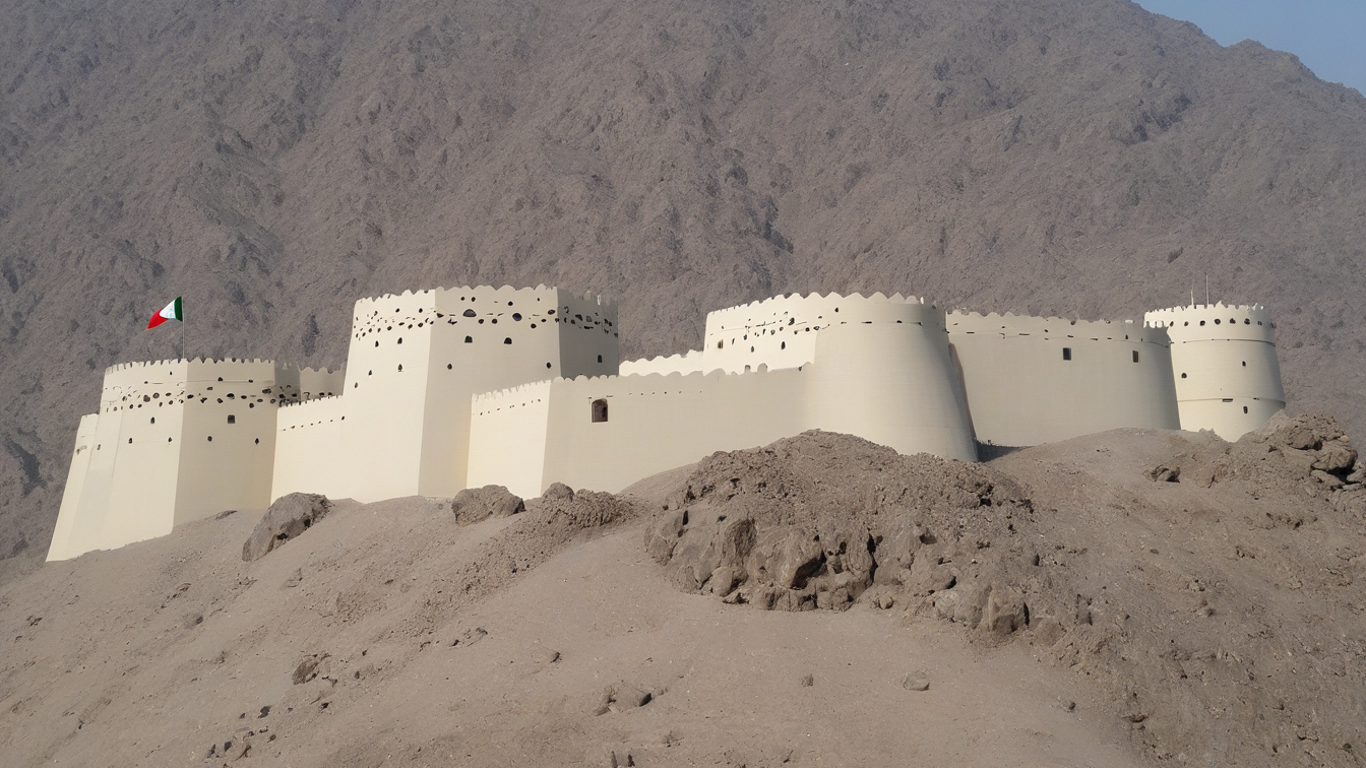
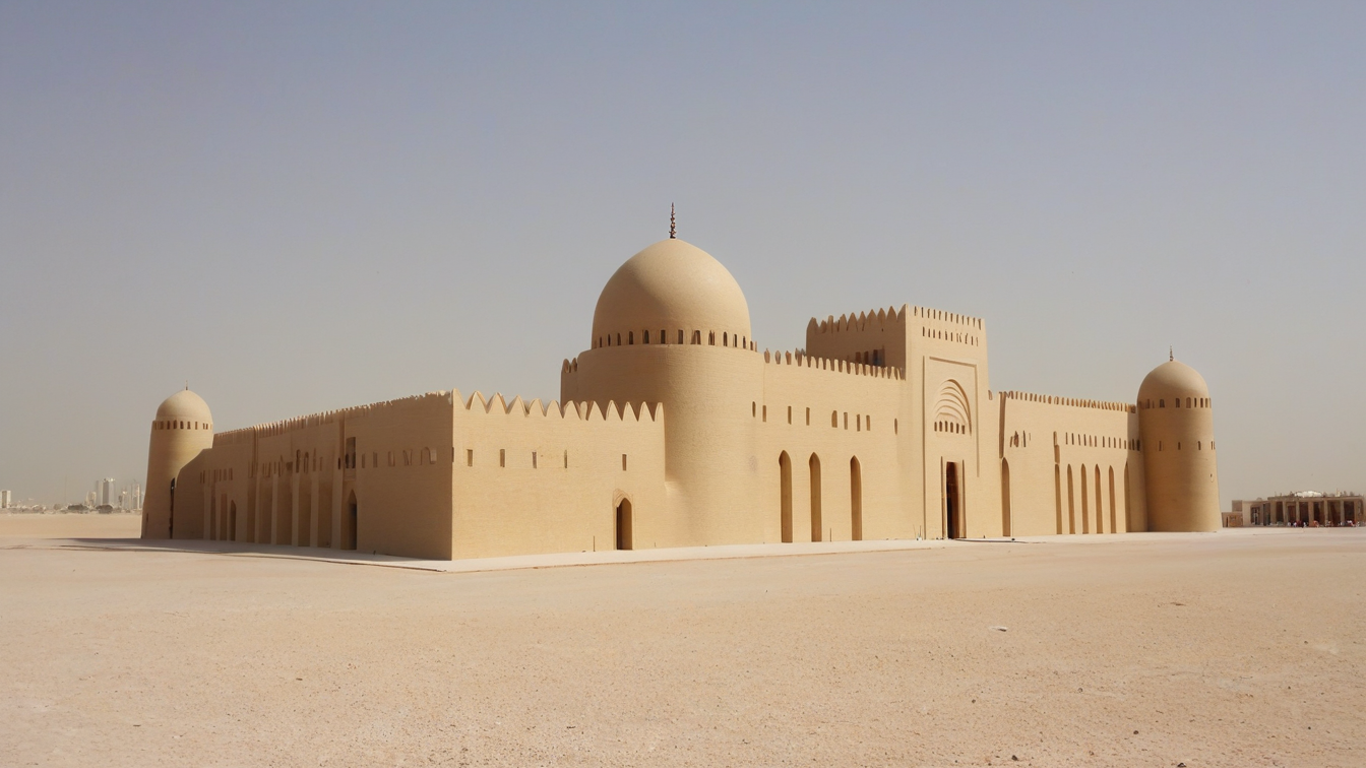

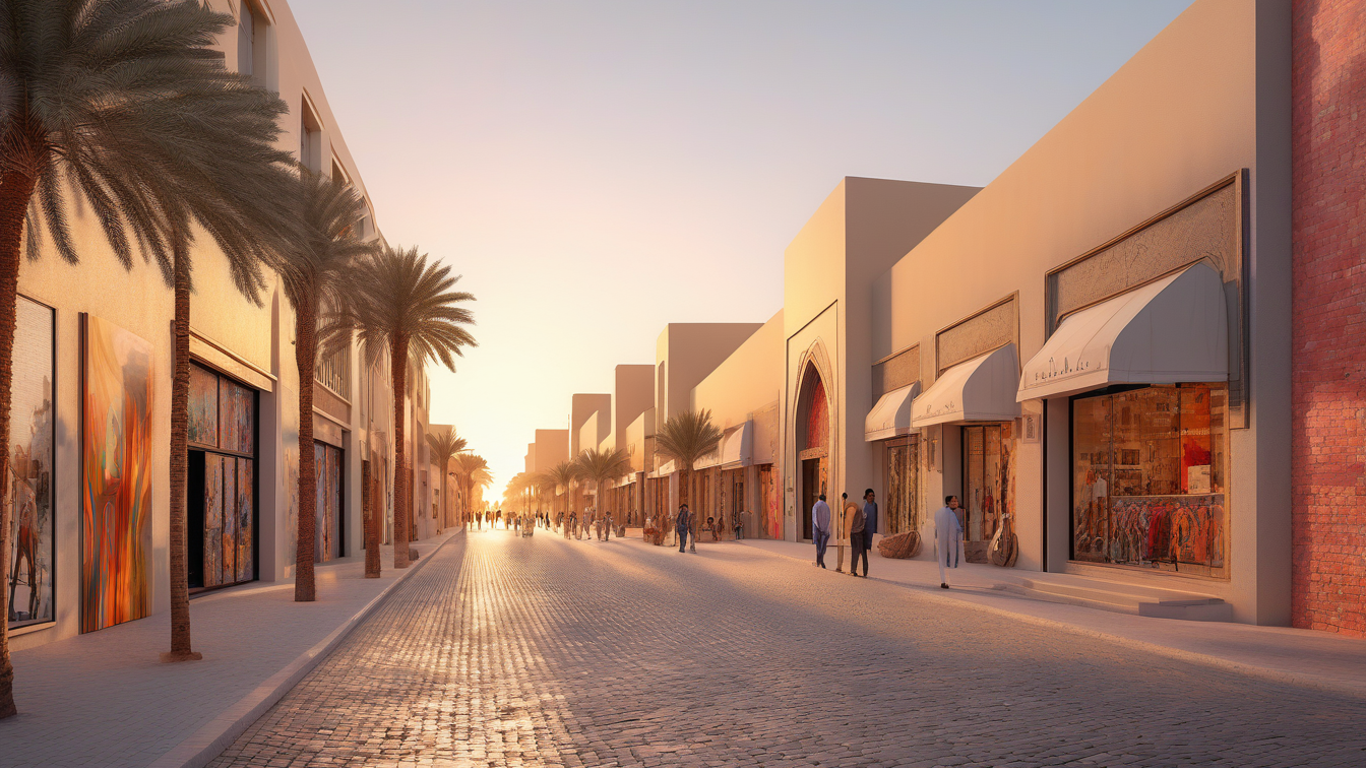

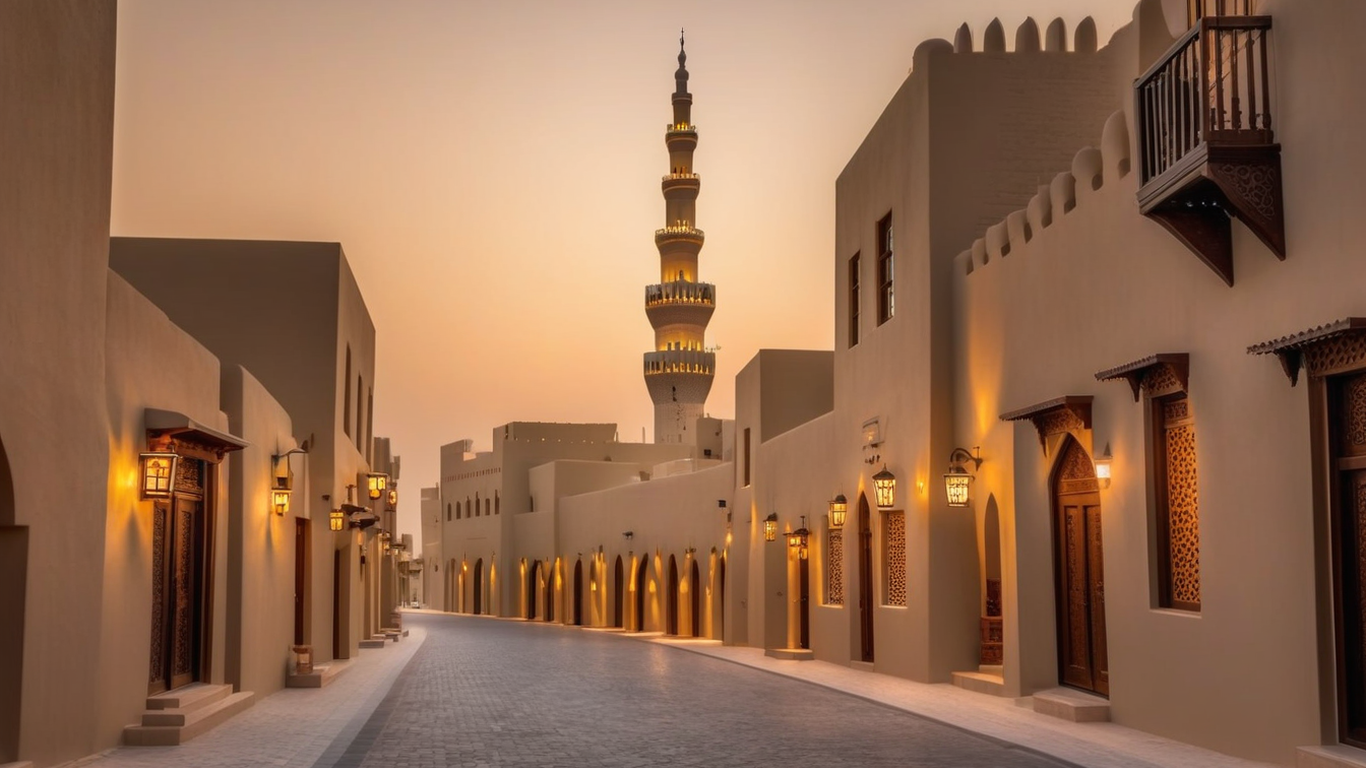


Comments (0)
{{ obj.comment_user_info.fullname }}
{{ obj.date_formatted }}{{ expandedComments[index] ? obj.comment : obj.comment.slice(0, 50) + (obj.comment.length > 50 ? '...' : '') }}
Add Comments
Login to comment